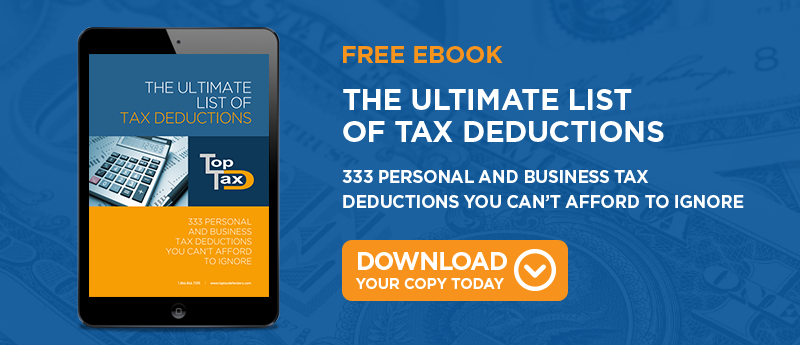
Since the IRS released the electronic filing, or e-filing, method for submitting federal income tax returns, the popularity of the practice has grown considerably. In fact, the agency is now encouraging as many taxpayers as possible to file electronically to cut down on the amount of paperwork involved in the process and to speed up the turnaround time for refunds. Declaration Control Numbers (DCNs) were originally a vital part of e-filing, serving as an electronic method of identifying returns, but the IRS has since discontinued use of them in favor of a streamlined e-filing process.
About Declaration Control Numbers
DCNs were instituted to help the IRS quickly assign a unique identification to each e-filed return. At the time the return was transmitted, a DCN was automatically assigned to the return to show that the taxpayer with that Social Security Number had already filed a return. Rather than being a random list of digits, the DCN consisted of the taxpayer's individual electronic filing ID number (EFIN), the batch number that the return was sent in with, and then the number order in which the return was transmitted.
Why the IRS Used Declaration Control Numbers
Because each e-filed return was marked with this unique code, the agency was able to know when a Social Security Number had already been used that tax season. This prevented many cases of fraud by automatically rejecting duplicate attempts to file using a similar Social Security Number that year. Taxpayers who chose to e-file their state returns received the same DCN for their state forms.
DCNs also served another purpose: they allowed the IRS to quickly reference a tax return with unresolved errors or returns needing additional information. Tax preparation services that offered e-filing could receive notifications about which returns had specific issues and then use the DCN to locate the affected return efficiently.
Updated Identification Method for e-Filed Returns
After the 2011 tax year, the IRS updated its system for electronic filing to the Modernized eFile system, or MeF. This new method of e-filing does not require the use of DCNs, since the agency can respond to potential issues with returns in as little as two minutes. As a result, DCNs are no longer used by the IRS or tax preparation services.
Declaration Control Numbers were once a valuable part of the IRS e-filing procedure. Now that the agency has upgraded its electronic filing system, though, they are no longer needed.




